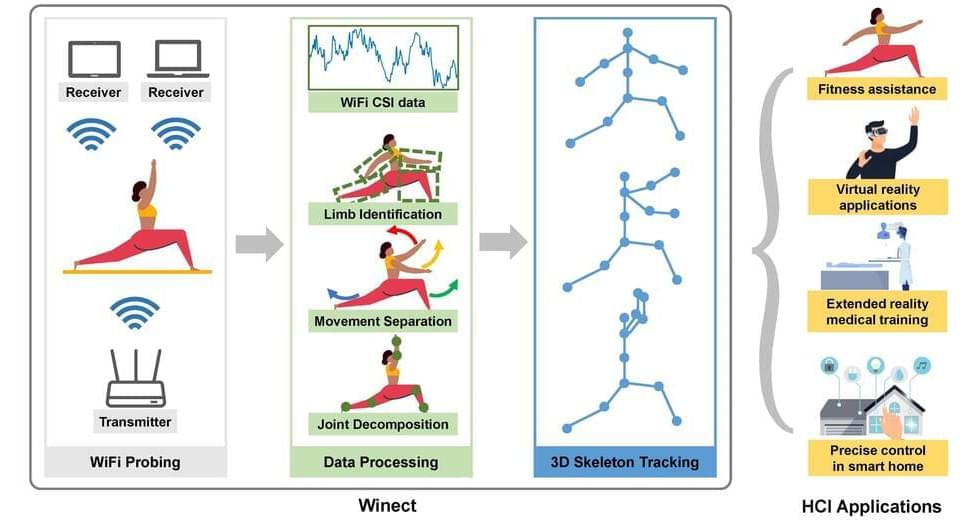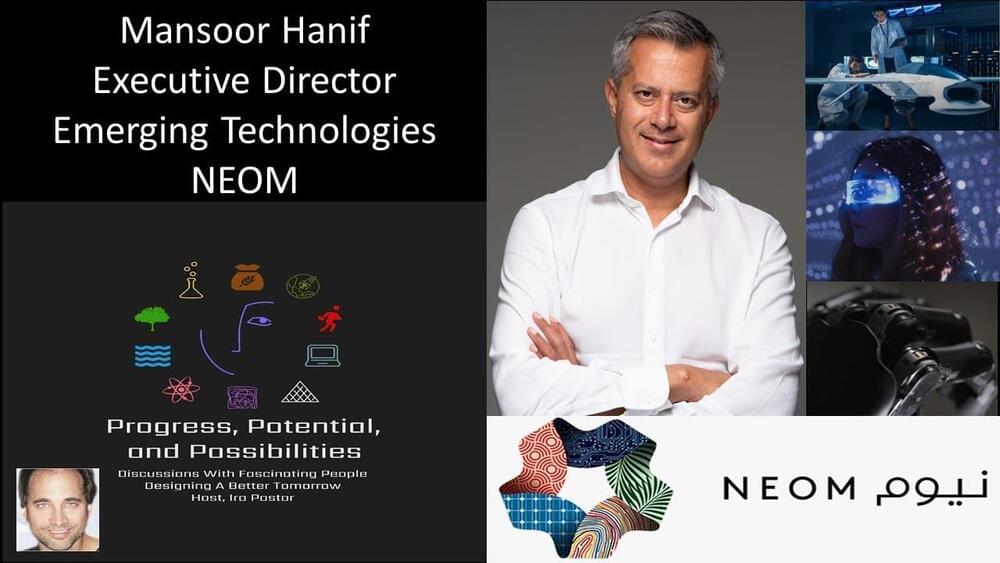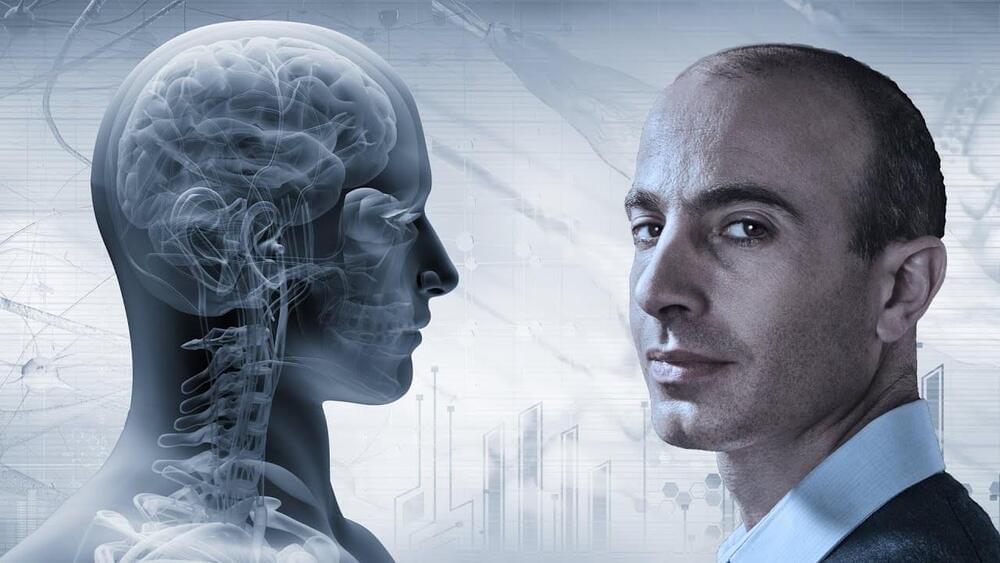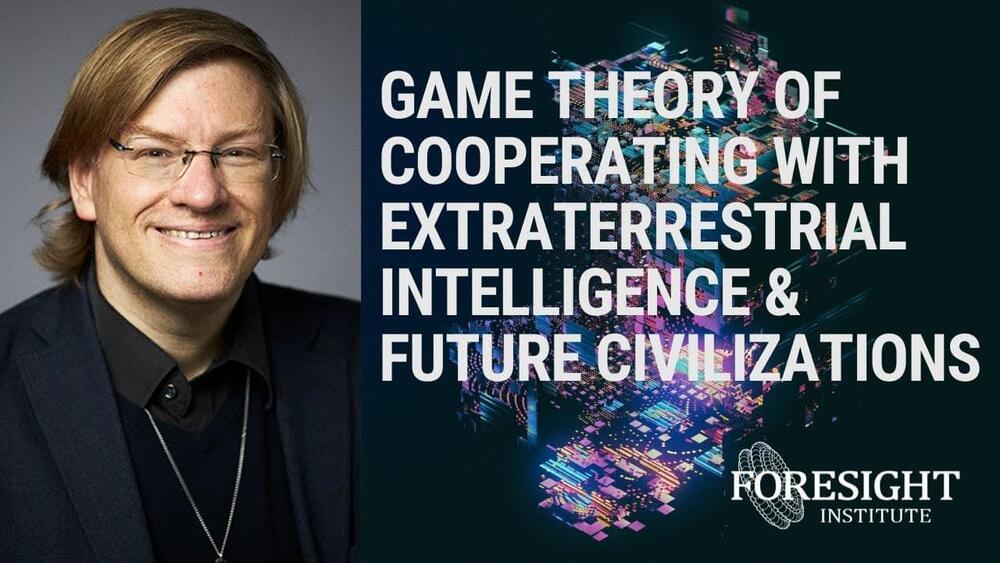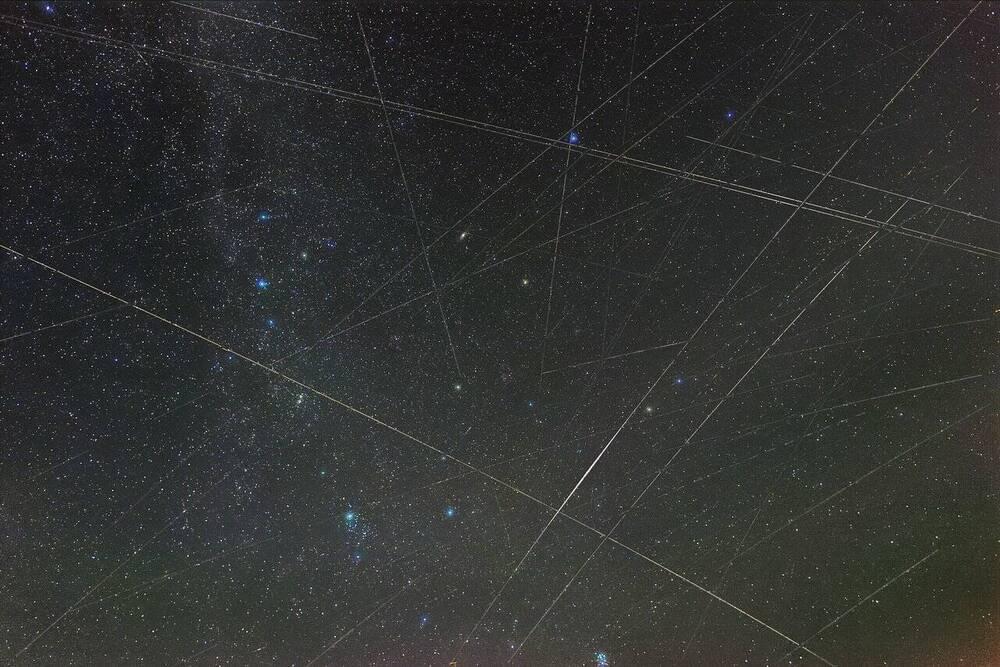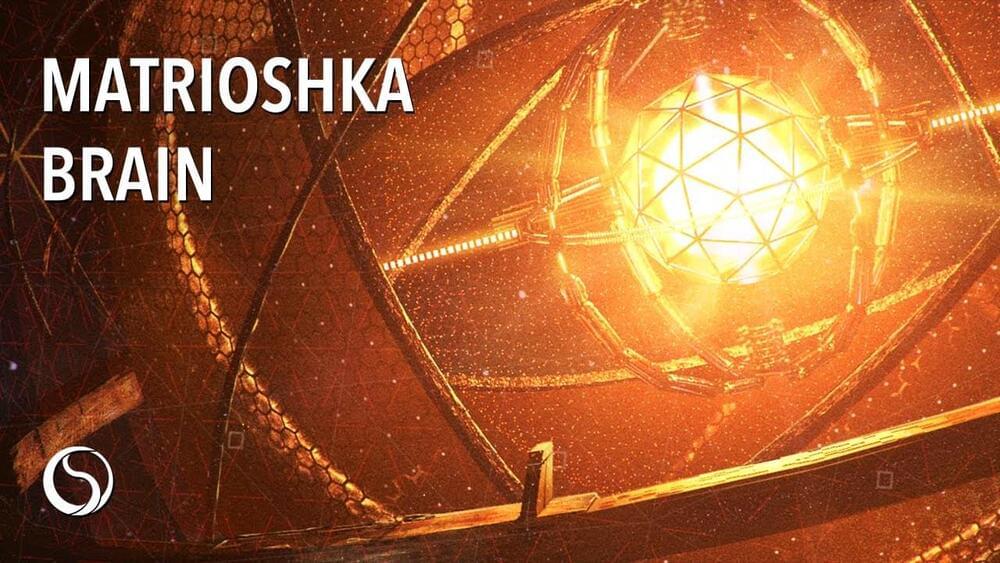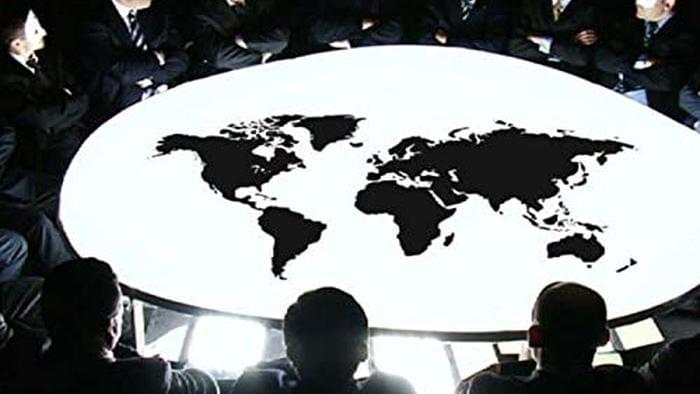Wireless sensing devices, tools that allow users to sense movements and remotely monitor activities or changes in specific environments, have many applications. For instance, they could be used for surveillance purposes as well as to track the sleep or physical activities of medical patients and athletes. Some videogame developers have also used wireless sensing systems to create more engaging sports or dance-related games.
Researchers at Florida State University, Trinity University and Rutgers University have recently developed Winect, a new wireless sensing system that can track the poses of humans in 3D as they perform a wide range of free-form physical activities. This system was introduced in a paper pre-published on arXiv and is set to be presented at the ACM Conference on Interactive, Mobile, Wearables and Ubiquitous Technologies (Ubi Comp) 2,021 one of the most renowned computer science events worldwide.
“Our research group has been conducting cutting-edge research in wireless sensing,” Jie Yang, one of the researchers who carried out the study, told TechXplore. “In the past, we have proposed several systems to use Wi-Fi signals to sense various human activities and objects, ranging from large-scale human activities, to small-scale finger movements, sleep monitoring and daily objects For example, we proposed two systems dubbed E-eyes and WiFinger, which are among the first work to utilize Wi-Fi sensing to distinguish various types of daily activity and finger gestures.”
